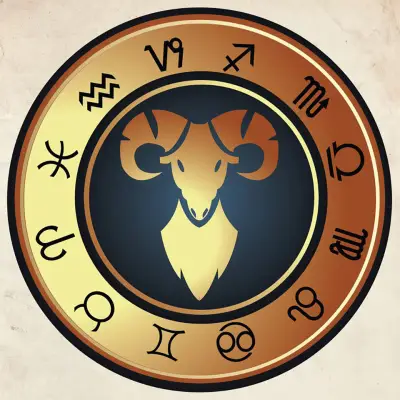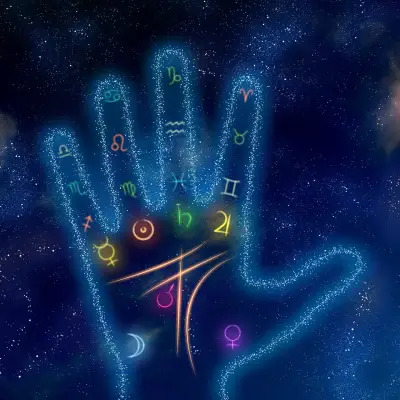With its striking shape and rich history, Leo the Lion constellation has fascinated humans for centuries. Whether you're a budding astronomer, an astrology enthusiast, or just someone who loves stargazing, learning about the Leo constellation is fun and enlightening. Let's explore the facts, stars, and mythology surrounding this majestic celestial lion.
Jump to:
- What is the Leo Constellation?
- What is Special About Leo Constellation?
- How Many Stars Does Leo Have?
- Where in the Sky is Leo?
- What Month Does Leo Appear in the Sky?
- Leo's Mythology: The Lion in the Stars
- Exploring Leo Minor: The Lesser Lion
- Frequently Asked Questions About Leo Constellation
- Study Astrology for £29
What is the Leo Constellation?
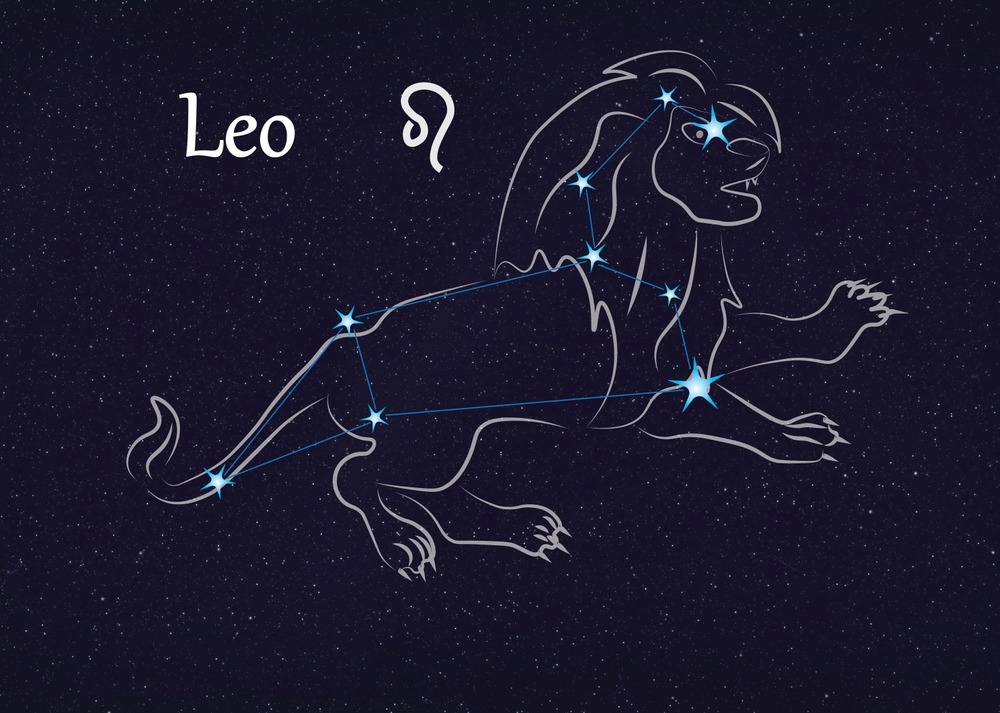
The Leo constellation, also known as Leo the Lion, is one of the most recognisable and significant constellations in the night sky. It belongs to the zodiac, which is a group of constellations that the sun appears to move through over the course of the year. Leo is named after the Latin word for lion, reflecting its distinctive shape that resembles a crouching lion. This celestial lion has been observed and revered by various cultures throughout history, from ancient Greek and Roman astronomers to modern-day stargazers.
Characteristics of Leo
- Shape: Leo's shape is often described as a crouching lion, with a distinctive "sickle" or backward question mark pattern forming its mane.
- Size: Leo is one of the larger constellations, covering an area of 947 square degrees in the sky.
- Location: It is situated in the northern hemisphere, lying between the constellations of Cancer to the west and Virgo to the east.
- Visibility: Leo is best viewed in the northern hemisphere during spring, particularly in March, April, and May. It can also be seen in parts of the southern hemisphere, but it appears upside down compared to how it is viewed in the north.
Recommended for you!
Best SellersWhat is Special About Leo Constellation?
Leo, one of the zodiac constellations, is easily recognisable due to its distinctive shape resembling a crouching lion. In astronomy, Leo is notable for its bright stars and its position in the sky. In astrology, it represents those born under the Leo zodiac, known for their leadership and charisma.
How Many Stars Does Leo Have?
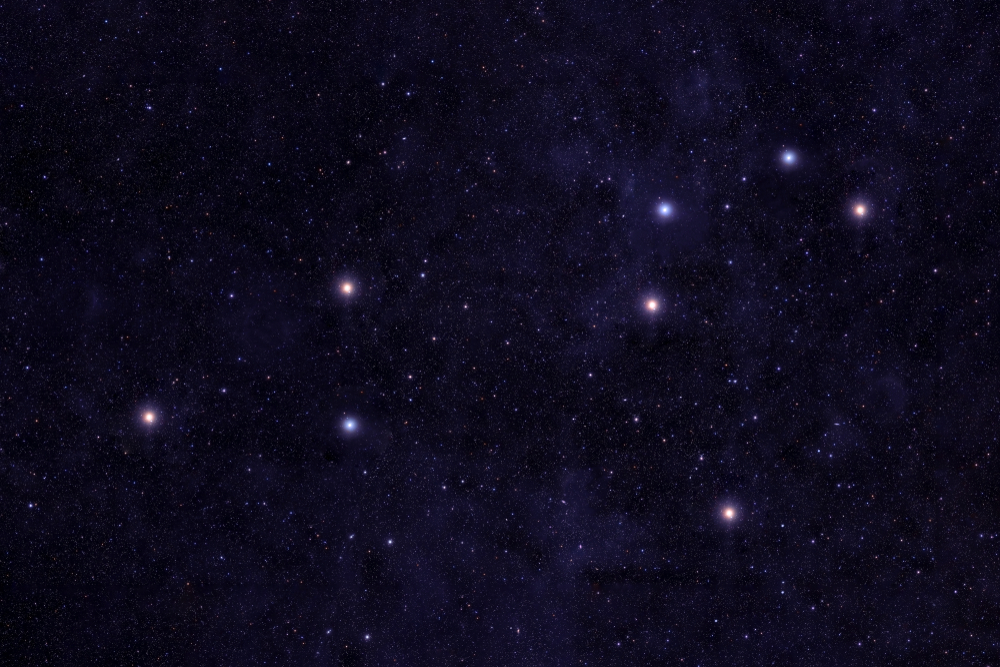
Leo is composed of several stars, but the most prominent are:
- Regulus (Alpha Leonis): The brightest star in Leo, often referred to as the "Heart of the Lion." It’s actually a multiple star system about 79 light years away from Earth.
- Denebola (Beta Leonis): The second brightest star, marking the lion's tail.
- Algieba (Gamma Leonis): A binary star known for its golden yellow and orange components.
- Zosma (Delta Leonis): Positioned along the lion's back.
These stars make Leo one of the more luminous constellations, making it relatively easy to spot in the night sky.
Where in the Sky is Leo?
To find Leo, look towards the eastern sky in late winter and early spring. The constellation is located along the ecliptic, which is the path the sun appears to follow through the sky. Leo’s position near this path makes it one of the zodiac constellations, which means the sun, moon, and planets all pass through it at some point during the year.
Can You See the Leo Constellation from the UK?
Leo is visible from most parts of the world, including the UK. It’s best viewed during the months of March through May, but you might catch glimpses of it during other times of the year as well, depending on your location and the time of night.
What Month Does Leo Appear in the Sky?
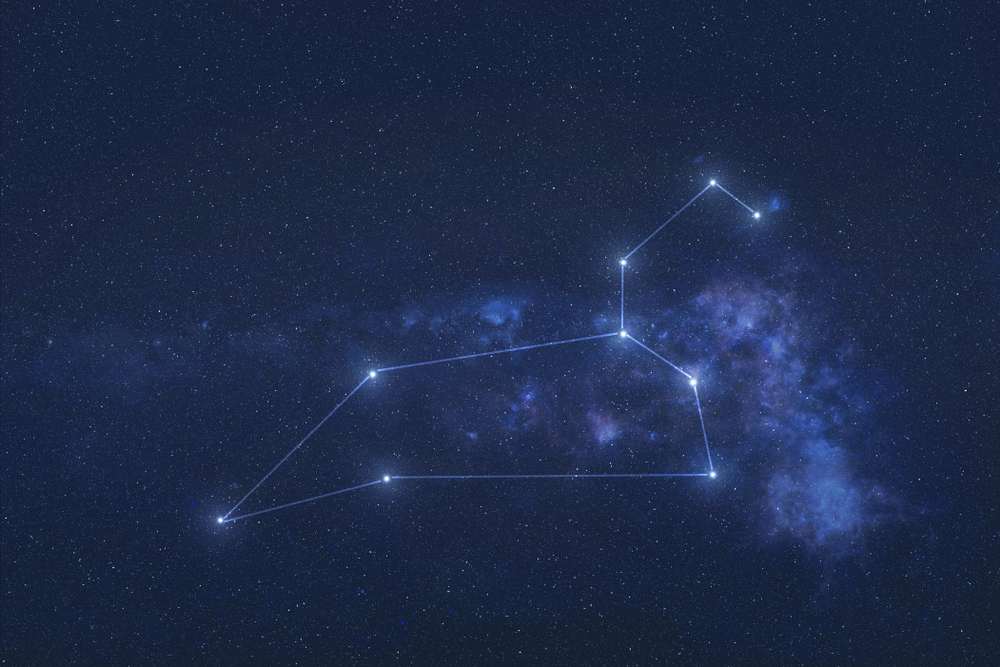
Leo is most prominent in the night sky from late February through early June. However, the best time to see Leo constellation is during the month of April when it is highest in the sky around midnight.
Is Leo a Summer or Winter Constellation?
Leo is considered a spring constellation. It's most visible in the evening sky during the spring months, particularly in March, April, and May. As summer approaches, Leo can be seen setting earlier in the night.
Leo's Mythology: The Lion in the Stars
Leo's mythology is rooted in Greek mythology, where it is associated with the Nemean Lion, a fearsome beast slain by the hero Heracles (Hercules) as one of his twelve labours. The Nemean Lion was said to have an impenetrable hide, making it an incredibly tough adversary. Heracles ultimately defeated the lion by using his immense strength, and upon its death, the lion was placed in the sky by Zeus to commemorate Heracles' victory.
What is the Greek God for Leo?
Leo doesn’t have a specific Greek god assigned to it, but its myth is closely tied to Heracles. In a broader sense, Leo is often linked to the qualities of power, courage, and nobility, much like the attributes of the gods and heroes in Greek mythology.
Exploring Leo Minor: The Lesser Lion
Near the majestic Leo constellation lies Leo Minor, a smaller and less conspicuous constellation. Leo Minor, the "Lesser Lion," was introduced by the Polish astronomer Johannes Hevelius in the 17th century. Although not as bright or famous as its larger counterpart, Leo Minor is an interesting part of the night sky worth exploring for keen stargazers.
Leo Minor Constellation Facts
- Stars: Leo Minor has a few notable stars, with 46 Leonis Minoris being the brightest.
- Visibility: This constellation is visible in the northern hemisphere, best seen in the springtime.
- Location: It lies between the constellations of Leo and Ursa Major.
Want to put your knowledge of Astrology to the test?
Centre of Excellence has you covered.
Sample the first 2 modules of our Astrology Diploma Course for FREE!
Frequently Asked Questions About Leo Constellation
Is the Big Dipper Part of Leo?
The Big Dipper is not part of Leo. It’s actually an asterism (a recognisable pattern of stars) within the constellation Ursa Major. While both constellations are visible in the northern hemisphere and can be seen around the same time, they are distinct and separate groups of stars.
What Month is Leo?
In astrology, Leo is associated with those born between July 23 and August 22. This period marks the sun's transit through the Leo zodiac sign. During these months, the characteristics attributed to Leo, such as leadership and generosity, are believed to be most influential.
Recommended for you!
Best SellersStudy Astrology for £29
If you’ve enjoyed learning about Leo’s constellation and want to explore the world of astrology further, consider enrolling in the Astrology Diploma Course with Centre of Excellence. For a limited time, you can enrol in this fascinating course for a discounted price of £29!


